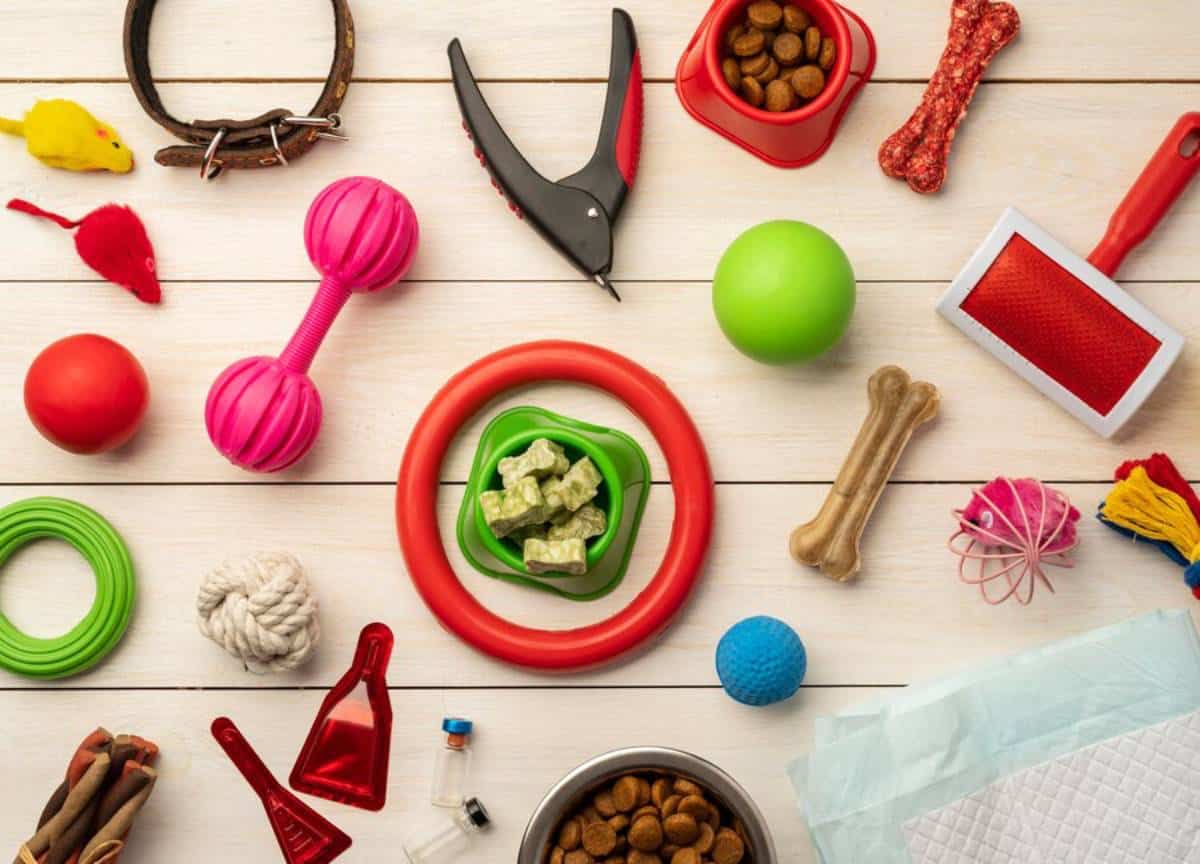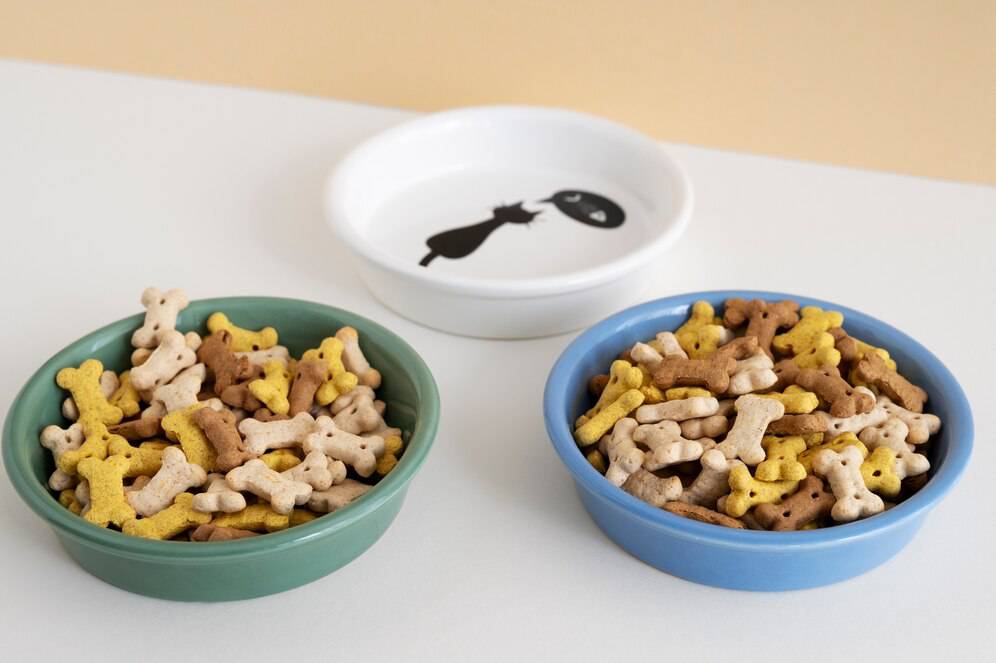
Homemade Pet Toys: Safe and Fun Ideas
Homemade pet toys are a fun activity for you and your furry friend. As more people own pets in the UK, pet owners seek safe ways to engage them. The blog features DIY pet toys and provides secure and fun ideas. Toy-making can be gratifying work, whether you’re a seasoned professional or a newcomer. DIY pet crafts need to be safe to keep your pet healthy.
DIY toys help strengthen your bond with your fur baby. Playing together builds trust and companionship. Unlike store-bought toys, handmade options can fit your pet’s personality and play style, leading to better engagement.
Key Benefits / Why It Matters
The Relevance of Homemade Pet Toys
Homemade pet toys provide many benefits. They are often cheaper than store-bought ones. Using materials you have at home, you can create fun toys without spending much. This is especially helpful for families with multiple pets, where buying new toys can add up.
Also, homemade toys can be customised to meet your pet’s needs. If your pet loves chewing, you can make more challenging designs. If they enjoy chasing, create toys that bounce or move quickly.
DIY toys also offer mental stimulation, as crucial as physical activity. Engaging your pet’s mind with interactive toys can prevent boredom and destructive behaviour.
Real-Life Applications
Take Lucy from Manchester, for example. She made her dog a simple rope tug from old T-shirts. This saved money, and gave her dog a durable toy. Lucy also found cleaning easier since she could toss it in the washing machine.
Then there’s Mark from London. He made a snuffle mat using leftover fleece and a rubber sink mat. His anxious dog became calmer after playing with it. The foraging activity reduced nervous energy and helped him focus. You could try making pet collars like this.
These stories show how homemade toys can be tailored to your pet’s likes, keeping them happy and engaged.
Data-Backed Insights
Studies show that interactive play is vital for pets’ health. The Pet Food Manufacturers’ Association (PFMA) reports that playtime can lower anxiety and behavioural issues. Mental stimulation is significant for indoor pets, who need more variety.
Research indicates that pets with more interactive toys show fewer signs of depression and restlessness. Dogs with chew toys are less likely to chew on furniture or shoes, and cats with homemade toys are more likely to maintain a healthy weight and avoid inappropriate scratching.
Homemade toys that promote interactive play greatly benefit your pet’s health.
Additional Expert Tips & Common Mistakes to Avoid
Best Practices for DIY Pet Crafts

When creating DIY pet toys, safety should be your top priority. Always choose non-toxic materials, as pets often chew toys. Fabrics like cotton and fleece are safe and durable. Avoid items with toxic dyes or small parts that pets could swallow.
Inspect All Materials Before Use: Watch for sharp edges, staples, or tags that could hurt your pet. When reusing items, ensure they are clean and safe. Stitch Securely or Use Safe Adhesives: Hand or machine stitching is usually safer than glueing. If you must use glue, choose pet-safe, non-toxic types.Test Prototypes Before Full Use: Supervise your pet while they play with new toys. This helps you see how they hold up and spot any safety issues.
Common Mistakes and Their Impact
A common mistake is underestimating how durable materials need to be. Pets, especially dogs, can be challenging on toys. Use strong materials like denim or rubber to make toys last longer. Reinforce stitching on tug toys or seams that feel weak.
Another mistake is not considering the size and shape of the toy. To avoid choking risks, ensure toys are the right size for your pet. For example, a ball for large dogs should be big enough not to fit fully in their mouth.
Also, avoid added decorations that serve no purpose but can be dangerous. Items like buttons and sequins can become choking hazards.
Finally, some owners forget to rotate toys regularly. Pets can get bored, too. Rotate your homemade toys each week to keep things interesting.
Advanced Insights / Expert Recommendations
Unique Industry Perspectives
The pet industry is evolving, focusing more on sustainability. Using recycled materials for homemade toys benefits the environment and adds a unique touch. For example, old denim can be made into a strong chew toy.
Plastic-free play is also gaining popularity. Using natural rope, untreated wood, or fabric scraps makes your toys biodegradable and avoids synthetic toxins.
Homemade toys also support ethical crafting practices. You can create a “zero waste” toy by repurposing leftover materials, giving them new life.
Lesser-Known Insights
Certain scents can enhance play. Adding lavender or chamomile to your toys can help calm pets, especially anxious ones. Use pet-safe essential oils in small amounts.
You can also add texture for sensory play. Sewing crinkly plastic (like cereal bags) into fabric can provide auditory stimulation that many pets enjoy.
Using silvervine or valerian root as an alternative to catnip can be a fun twist for cats. Some cats respond better to these herbs, and are easy to sew into small pouches.

You can design toys that challenge your pet’s intellect, such as:
- Puzzle feeders: Hide treats in fabric folds or sewn pockets.
- Bottle rollers: Put treats in a bottle with holes, sealing both ends.
- Treat balls: Make felt balls that hold a treat, encouraging active play.
Safe Play, Happy Pets
Finally, a particular note on some of the benefits of giving homemade pet toys: pet toys can be a safe and fun way to keep our pets engaged and help build a positive bond with your pet whilst being an easy, affordable way to show you care. With a focus on safety, durability, and customisation, you can create toys that promote your pet’s health. Start today with a simple rope tug or a scented chew toy. Your dog will appreciate your time and effort in making their new toy.
As you explore DIY pet crafts, post your crafts to inspire other pet owners to inspire and learn from each other. Online communities are affluent with ideas and support. From interactive puzzles to cosy companions, the possibilities are endless.
So gather your materials, unleash your creativity, and give your pet the gift of fun—crafted by you!